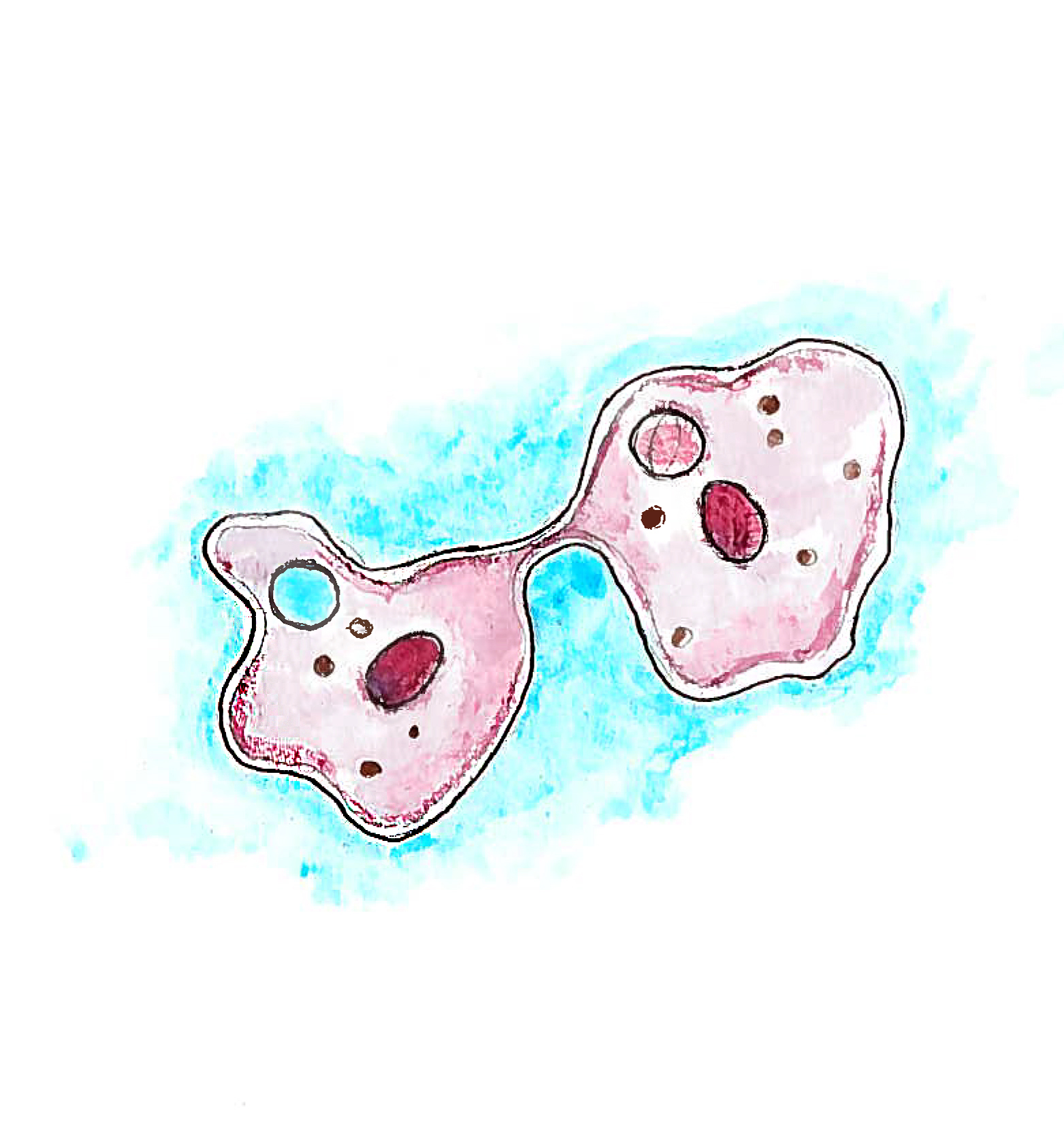The origin of life on Earth remains a heavily researched topic in evolutionary biology. Among the myriad of questions yet to be answered is how simple, single-celled organisms evolved to be complex and multicellular.
While the mechanism for this phenomenon has been elucidated in plants and fungi, little is known about the evolution of multicellularity in animals; however, in a recent paper published in eLife, a group of American scientists have discovered a mutation that could explain the evolution of mitotic spindle orientation, a key step in cell division.
Multicellular organisms differ from their unicellular counterparts in that cells differentiate and arrange themselves into functional structures like muscles, bones, and skin. By forming tissues and organs, multicellular organisms not only survive but thrive. To grow, cells undergo what is known as mitosis, where two identical daughter cells are formed from one original parent cell through division. During mitosis, cells in a multicellular organism coordinate with their neighbours to maintain shape and function. To do this, they rely on specialized structures known as mitotic spindles. When the cells split, the mitotic spindles are responsible for ensuring that each new cell acquires the correct number of chromosomes in the right orientation.
The researchers discovered that a single amino acid mutation in an enzyme, which previously had no role in mitotic spindle organization, was suddenly implicated. This allowed for cells to create more complex structures because cell division could now be more controlled and organized. It is rare for single amino acid substitutions alone to be both necessary and sufficient for a gain of function in evolutionary biology. The results even surprised the scientists.
“If you asked anyone on our team if they thought one mutation was going to be responsible for this, they would have said it doesn’t seem possible,” Ken Prehoda, a co-author of the paper, explained to The Washington Post.
The scientists began the process by searching publicly available databases for different amino acid sequences that matched the protein across all eukaryotic species which ranged from humans to jellyfish. They then used massive data analysis computations to extrapolate the ancestral protein sequence. Genetic manipulation of living cells were used to create ancient versions of the proteins. By comparing each successive version, the team ultimately managed to successfully pinpoint the mutation that conferred multicellularity to eukaryotes.
Another prominent example of a single mutation leading to immediate beneficial consequences is the sickle cell gene. While one copy of the gene confers resistance to malaria, individuals who have two copies of the gene—homozygous recessive—develop sickle cell anemia, a severe form of anemia which can only be cured with a bone marrow transplant.
While it is true that discovery and research in evolutionary biology are ultimately associated with the past, mechanisms involved in multicellularity and mitotic spindle orientation can provide new insight into the pathways involved in cancer.
“Normally, all of the cells in our body cooperate,” Douglas Anderson, the paper’s lead author explained in an interview with The Washington Post. “One way to think of cancer is a reversion from a multicellular state to a point where these cells are behaving as unicellular organisms.”
The discovery of this single mutation opens up further questions about the origin of multicellularity, such as the mechanisms and molecules involved, as well as other evolutionary events in this pathway. Together, all of these events create the dazzling array of diversity in life.







